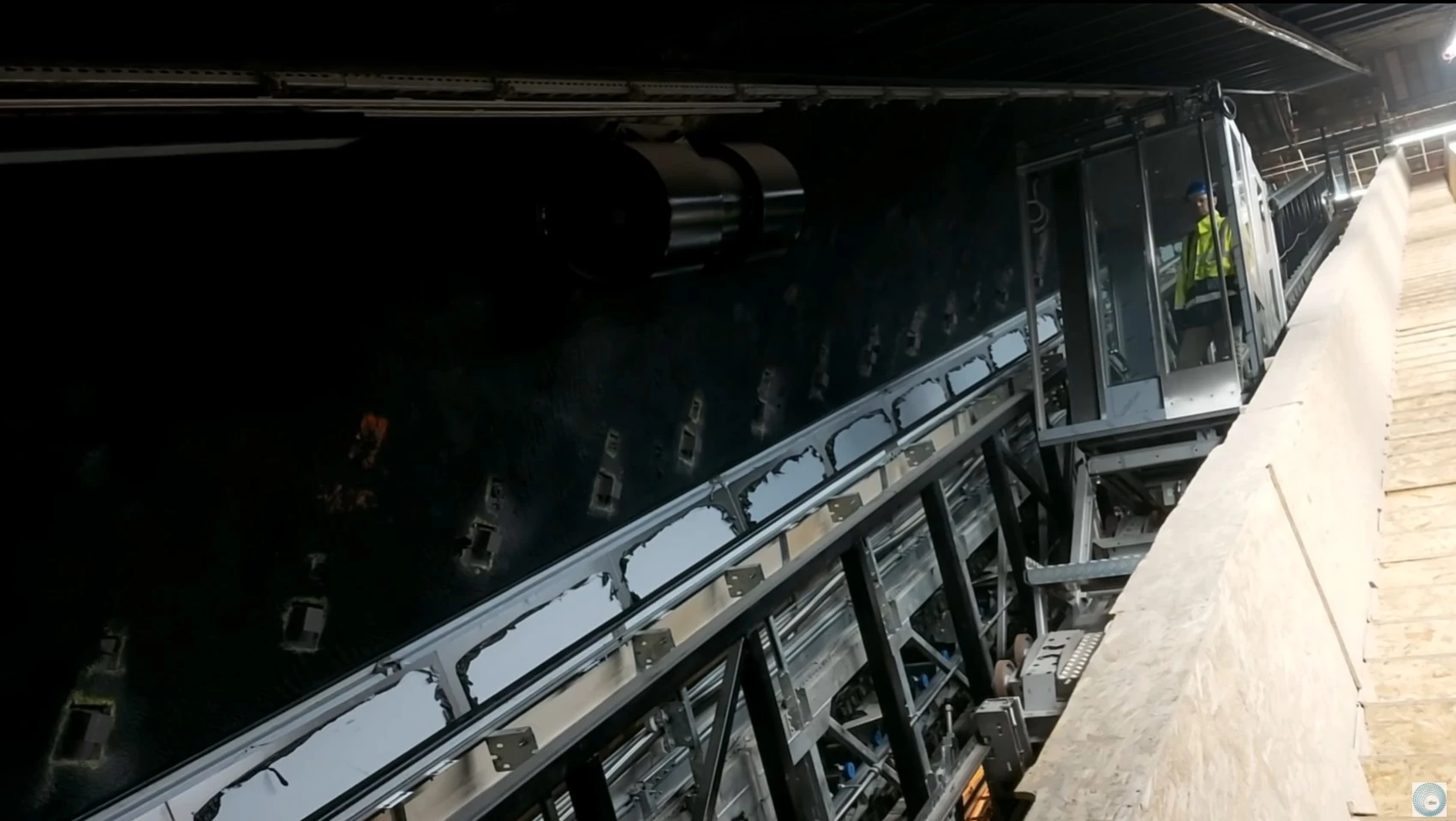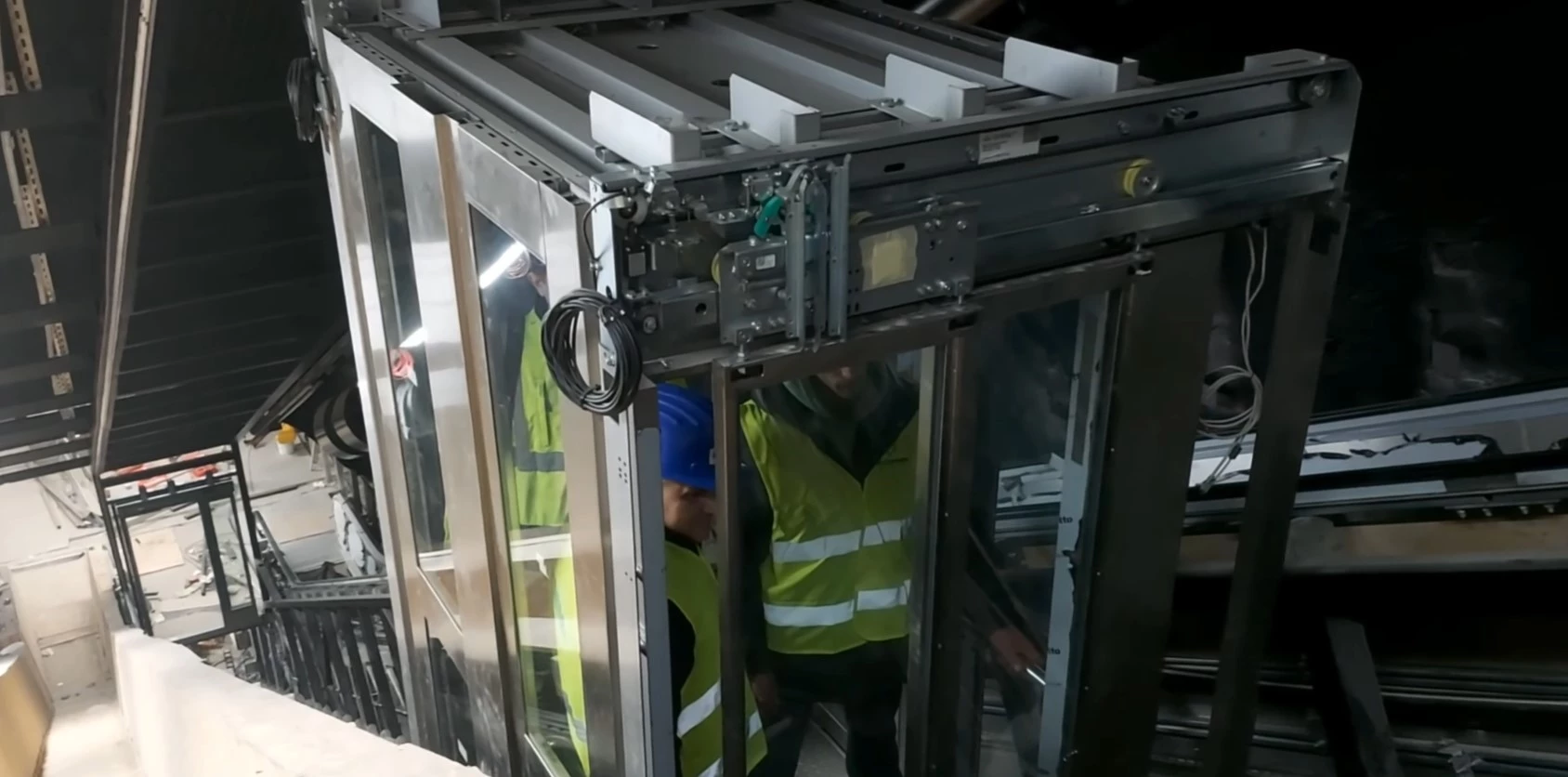One-of-a-kind elevators in Hungary installed in metro line 3 upgrade

The upgrade of the Hungarian capital’s longest, M3 metro line has been in progress for quite some time now and while the entire middle section of the line between Lehel and Nagyvárad Squares will only be finished by 2023, there are interesting new additions to some of the stations that have never been used before in Hungary.
Zoltán Kuruc, the designer of the inclined elevator, which is unique in Hungary, gave an interview to the Metro Reconstruction Project Directorate, talking in detail about the development and construction of the elevator.
According to Telex, metro stations Kálvin Square, Corvin-negyed and Klinikák (clinics) will be finished this May and passengers will be able to use the new inclined elevator solution at the Klinikák (clinics) station.
The basis of the elevator is technically the same as the funicular at the Buda Castle; there is a cabin and a counterweight and the two are connected. When the cabin goes upwards, the counterweight moves down.
- Read also: Buda Castle Funicular renewed – PHOTOS
The only difference between the new inclined elevators and the Buda Castle funicular is that the elevator has its openings on the front and back, instead of the sides, the designer said.
The reason for this relatively new and unique solution in Hungary was that the stations needed to be accessible for people with mobility impairment.
Zoltán Kuruc said that they were looking at solutions all around the world, such as in New York, Prague and Düsseldorf, but the designer said the closest solution to the Hungarian stations were found in Stockholm, so they decided to adapt their solution.
- Read also: Accident! M3 metro collided in Budapest
At six stations of the M3 metro line the only viable solution was the installation of inclined elevators, since those stations are under roads with heavy traffic, regular vertical elevators, therefore, were not an option.
The designers faced an issue, however, since the stations were relatively small and did not account for future elevators of any kind, they had to come up with a solution to be able to fit the inclined elevators into the escalator shaft.
Zoltán Kuruc said that they had to make the escalators narrower. Before, the escalators were 1 metre wide, but to be able to fit the elevators, they changed the width to only 90 centimetres.
The cabin has many safety solutions that do not let the cabins accelerate beyond a certain speed thanks to emergency brakes, even if the cables to the counterweight are torn. Additionally, batteries are installed into the elevator so that it can transport passengers safely even in case of a power shortage.
Source: Telex.hu, m3felujitas.hu












